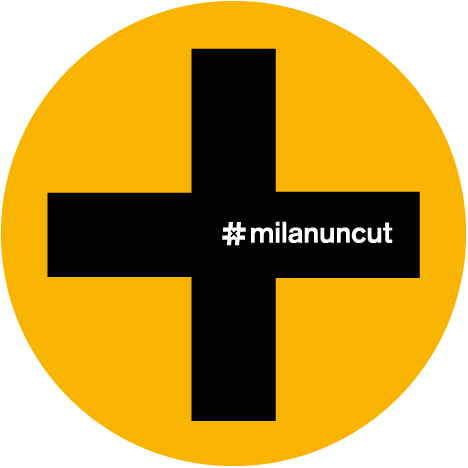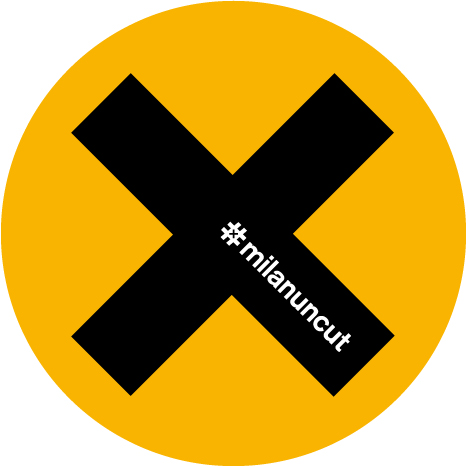The Editorial: Hugh Holland and The Lost Art Of Living
The world over, cities are crawling with glossy girls and prissy boys whose only aim in life seems to be to perfect their appearance. It’s easy to blame fashion, especially from the outside, but the real culprit is much larger, and the exact opposite of fashion. Blame a well-oiled marketing machine, terribly misguided values (embodied in terribly misguided pop stars), and a fragmented Western culture mostly devoid of nagging discomforts…
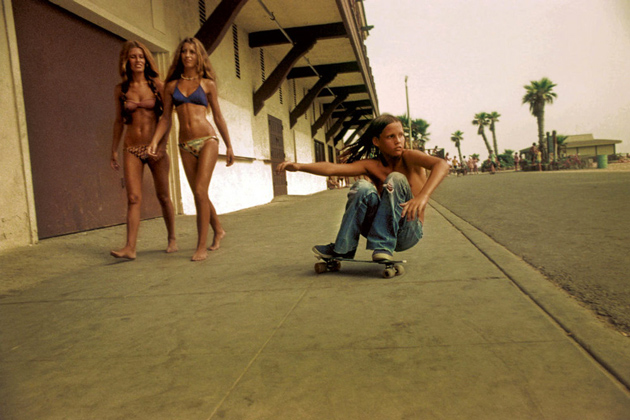
We recently came across Hugh Holland’s 1970s photographs of Southern California kids who lived life on the decks of skinny, precarious banana skateboards. They commandeered dry swimming pools, they wore tattered Vans and had suntans. Theirs was a beauty that burst from within. Their exuberance and lust for life was boundless – and captured gorgeously by Holland, who was himself interestingly not a skateboarder. He could see that these kids were alive!
Most striking about Holland’s photos, though, is just how sharply their exuberance and energy contrasts with the pretence of today. Sure, more kids skate now, but it’s only because marketing types seized on the sport’s potential. Endorsements. Video games. And now every suburban kid and pretentious fashion victim worth his salt is somehow a skater, bro.
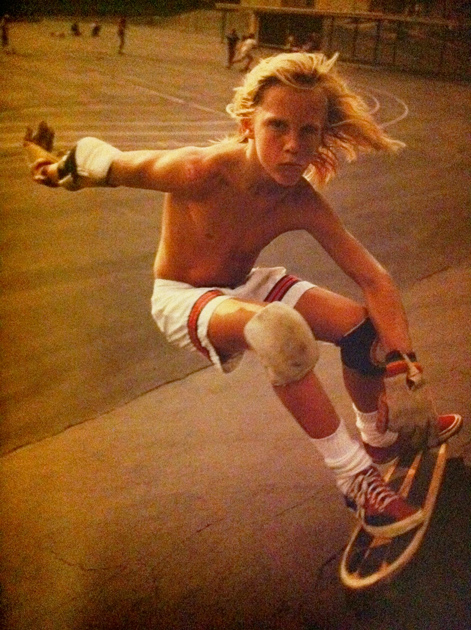
Going down to the stake park is no longer about the art of skating. It’s about trash talk and showing off your jeans. And the days of the banana board and California sunshine are over: not only do kids no longer roam the streets in search of adventure, they aren’t allowed to venture beyond their front doors without a helmet and fifteen kilos of other protective gear. Is this overprotectiveness the root of the problem? What harm did a healthy scratch do? And in an age of preteen Starbucks patrons, maybe its our inability to be kids – and our inability to let our kids be kids – that keeps us from living openly and exuberantly. Who knows.
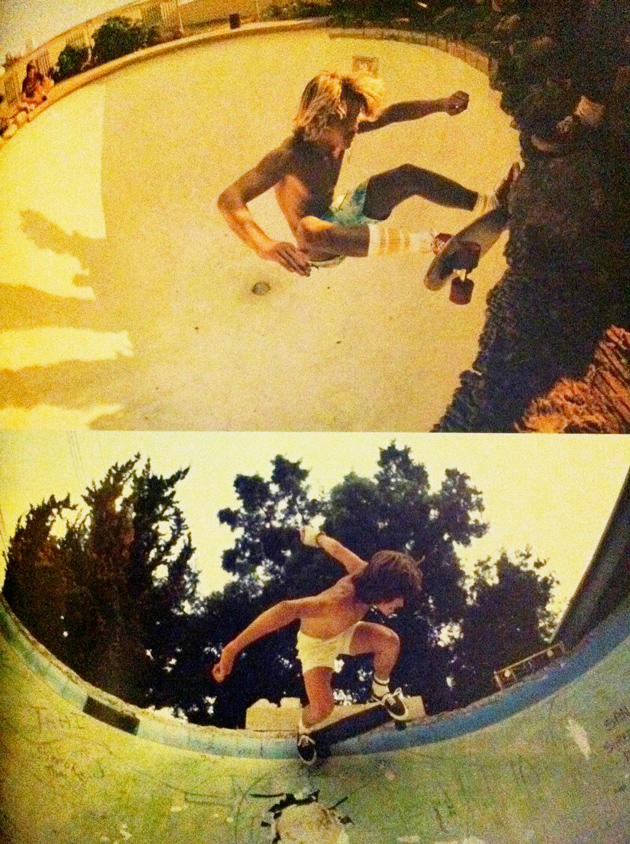
So, instead of getting out there and pioneering and exploring in search of something truly new, we only seem to be capable of remixing that which came before. Without a moment’s thought about the lifestyle the look was born of, we dress like skaters. Or strap on a pair of Doc Martens we just bought with daddy’s credit card and claim to be punk. (You’re not punk. Full stop.) Or worse still, we copy something that means absolutely nothing. And we take photos of ourselves on the and post them to Lookbook, hoping desperately that someone will validate our desperation with “hype.” Except those hype points… well, if you say so!
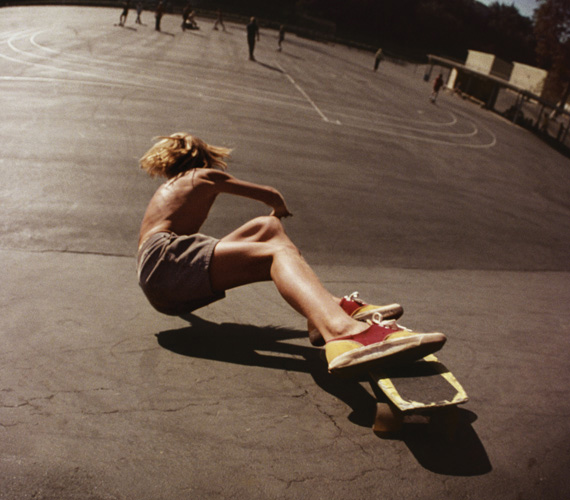
Now, we don’t pretend to have a problem with appearance. On the contrary, in fact. But, shouldn’t a look be the result of a life lived? Of a passion? Of a belief? Your own?
Perhaps our old pal Vivienne Westwood said it best when she proclaimed that ”Johnny Rotten and all the others were a bunch of conformists. It’s not green hair that makes you different, it’s your brain, your attitude towards life.”
You’ve got that right, Viv.
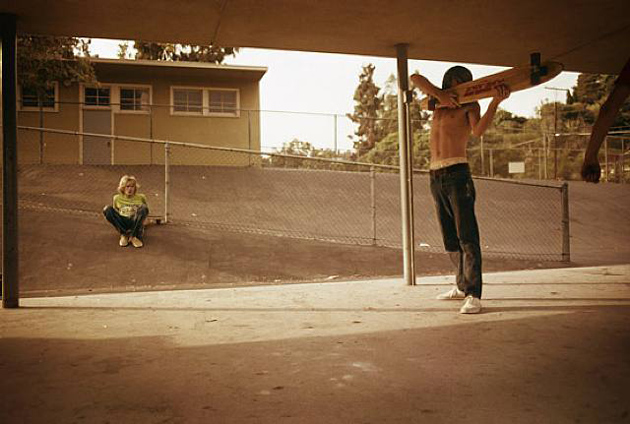
Catch Holland’s book, Locals Only, at Ammo Books.
Tag Christof – Images courtesy Ammo Books
